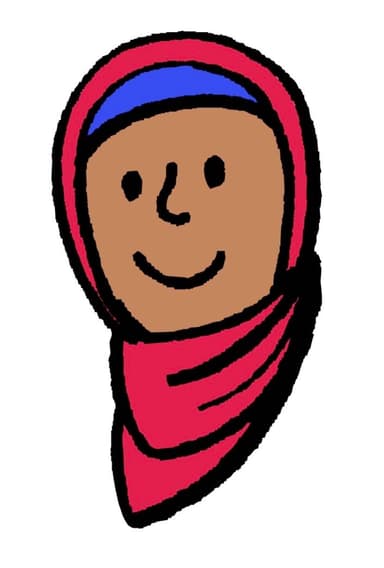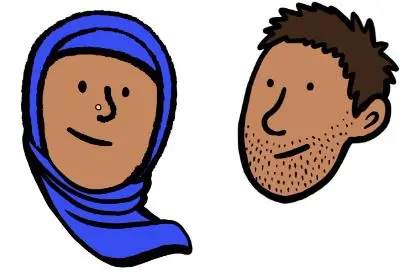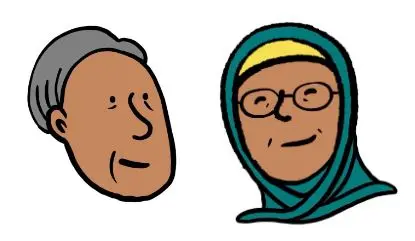Myths about teaching can hold you back
- Year 6
Family trees (non-statutory)
I can identify similarities and differences in humans within a family tree.
- Year 6
Family trees (non-statutory)
I can identify similarities and differences in humans within a family tree.
These resources were made for remote use during the pandemic, not classroom teaching.
Switch to our new teaching resources now - designed by teachers and leading subject experts, and tested in classrooms.
Lesson details
Key learning points
- A family tree is a diagram that shows the relationships between all the people in a family over many generations.
- The top level of a family tree is the earliest generation, followed by their children and so on.
- Similarities and differences can be identified using observation skills.
Keywords
Generation - A generation in a family is all of the people born and living around the same time.
Similarity - A similarity is something that two or more objects have in common.
Appearance - The way someone or something looks is called its appearance.
Physical - Something physical relates to the body.
Ancestor - Your ancestor lived in the past and is directly related to you.
Common misconception
Pupils may think that all members on a family tree are related by blood.
Use the examples in the slide deck to illustrate how some members of family trees are related by blood and some have joined the family through partnership.
To help you plan your year 6 science lesson on: Family trees (non-statutory), download all teaching resources for free and adapt to suit your pupils' needs...
To help you plan your year 6 science lesson on: Family trees (non-statutory), download all teaching resources for free and adapt to suit your pupils' needs.
The starter quiz will activate and check your pupils' prior knowledge, with versions available both with and without answers in PDF format.
We use learning cycles to break down learning into key concepts or ideas linked to the learning outcome. Each learning cycle features explanations with checks for understanding and practice tasks with feedback. All of this is found in our slide decks, ready for you to download and edit. The practice tasks are also available as printable worksheets and some lessons have additional materials with extra material you might need for teaching the lesson.
The assessment exit quiz will test your pupils' understanding of the key learning points.
Our video is a tool for planning, showing how other teachers might teach the lesson, offering helpful tips, modelled explanations and inspiration for your own delivery in the classroom. Plus, you can set it as homework or revision for pupils and keep their learning on track by sharing an online pupil version of this lesson.
Explore more key stage 2 science lessons from the Evolution and inheritance unit, dive into the full primary science curriculum, or learn more about lesson planning.

Equipment
None required.
Content guidance
- Depiction or discussion of sensitive content
Supervision
Adult supervision recommended
Licence
Prior knowledge starter quiz
6 Questions
Q1.Which of these means something that happened before another event?
Q2.Starting with the oldest, put these family members in order.
Q3.If two things have something in common, what does this mean?
Q4.All animals reproduce. Reproduction is when animals …
Q5.Match the family member to their relation to you.
a brother or sister
a mother or father
a brother or sister of your parent
the child of an uncle or aunt
a parent of one of your parents
Q6.A physical characteristic is one that relates to …
Assessment exit quiz
6 Questions
Q1.What is the name for a diagram that shows all the people in a family over many generations?
Q2.Which generation goes at the top of a family tree?
Q3.Which of these people would be at the top of Aisha’s family tree?





